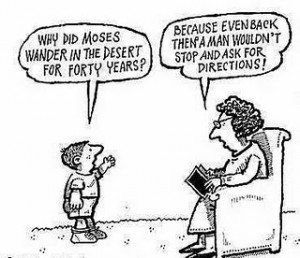Genderlect Theory
The Genderlect Theory was developed by Deborah Tannen to explain the difference between the communicative styles of men and women. Tannen believes that the main cause of miscommunication between men and women is the fact that neither party realizes that their encounters are cross-cultural. This premise is rooted in the idea that the ways in which Men and Women experience the world, are completely different. Because of these fundamental differences in the way in which men and women perceive the world their resulting interactions differ and lend themselves to the formation of two different “gender cultures”.
Tannen goes on to describe certain ways in which the differing cultures make the way in which they interact, different. The main difference between the two groups is their communicative goals; mean seek to affirm their status within their society and women seek to form a human connection during interaction. Women attempt to form connections in many different ways such as offering nonverbal cues such as head nods, offering supportive feedback during conversations, or interrupting to share agreement.





